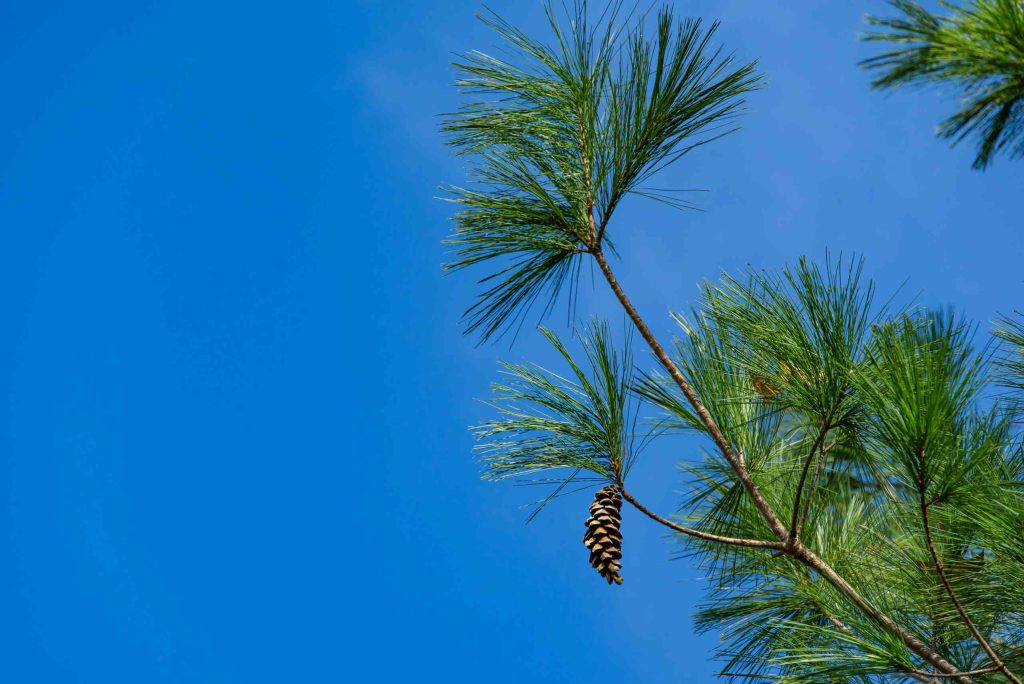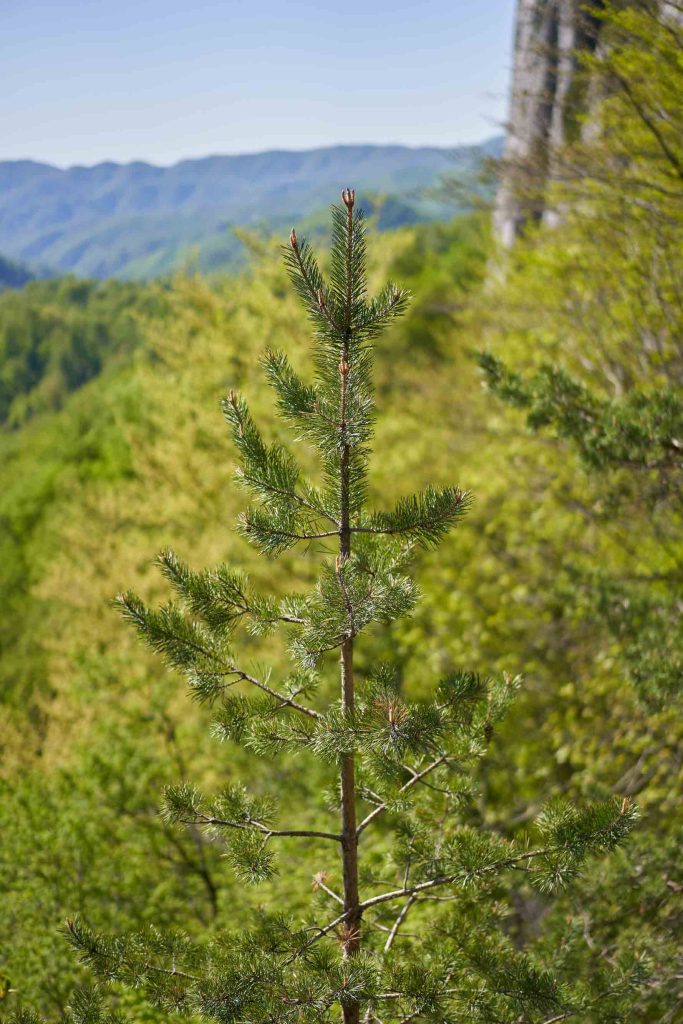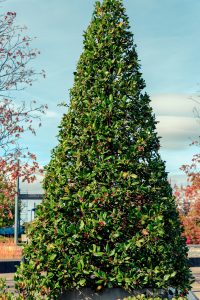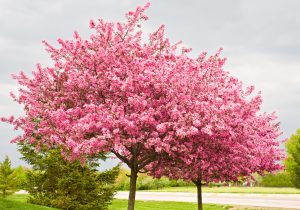Understanding the Eastern White Pine in Maryland’s Landscapes
The Eastern White Pine (Pinus strobus) stands as one of the most graceful evergreens in Maryland. With its soft, bluish-green needles grouped in clusters of five and its tall, pyramidal growth habit, the Eastern White Pine is often planted as a windbreak, privacy screen, or ornamental feature in both residential and commercial landscapes. While admired for its beauty and fast growth, the Eastern White Pine requires careful maintenance to remain healthy and structurally sound, particularly in Maryland’s variable climate and soils.
Growth Habits and Site Preferences
The Eastern White Pine is one of the tallest native conifers in the region, capable of reaching 80 feet or more at maturity. Its rapid growth rate, combined with soft, flexible branches, makes it an excellent choice for quick screening or creating a stately evergreen backdrop. However, that same fast growth can make the Eastern White Pine vulnerable to storm damage if not properly managed, particularly when trees develop multiple leaders or when branches become overly long and prone to breakage.
This species prefers well-drained, slightly acidic soils and thrives in full sun, though it can tolerate partial shade. In urban settings, compacted soil and air pollution can stress Eastern White Pines, leading to needle discoloration, dieback, or susceptibility to pests and fungal pathogens. Soil aeration through methods such as air spading and routine health evaluations help these trees thrive in more developed areas.

Seasonal Interest and Ecological Benefits
The Eastern White Pine contributes year-round beauty to Maryland landscapes. Its long, soft needles provide a gentle texture that contrasts well with deciduous trees, and its evergreen canopy offers shelter for birds and small mammals during the winter. Cones from the Eastern White Pine are a valuable food source for wildlife, including squirrels and various bird species, supporting Maryland’s natural ecosystems.
In landscaped settings, the species is valued not only for its ecological role but also for its ability to act as a living windbreak or privacy barrier. Its upright form, when maintained with strategic pruning, creates a dense screen without overwhelming nearby plantings.
Common Concerns and Maintenance Needs
While the Eastern White Pine is resilient, it is not without vulnerabilities. Needle diseases, such as needle cast and blight, can cause premature defoliation, particularly in wet seasons. Insect pests, including pine sawflies and scale, can further weaken stressed trees. Environmental stressors such as salt exposure from winter road treatments or soil compaction near driveways and sidewalks often exacerbate these issues.
Regular professional inspections are key to detecting early signs of stress or infestation. Pruning helps to reduce the risk of storm damage by managing leader growth and thinning interior branches to allow for better airflow. Mulching and soil care, including pH adjustments when necessary, help promote root health and nutrient uptake, reducing the likelihood of chlorosis or other deficiencies.
Why Eastern White Pines Thrive with Professional Care
When given appropriate space, soil, and maintenance, Eastern White Pines can be a stunning, long-lasting addition to Maryland landscapes. They offer year-round visual interest, support local wildlife, and serve functional purposes as screens or windbreaks. However, their fast growth and susceptibility to environmental stressors make professional monitoring essential for maintaining their health and appearance over time.To learn more about caring for Eastern White Pines in Maryland or to schedule a professional evaluation of your trees, visit Prestige Tree Experts or call 240.281.3334.










